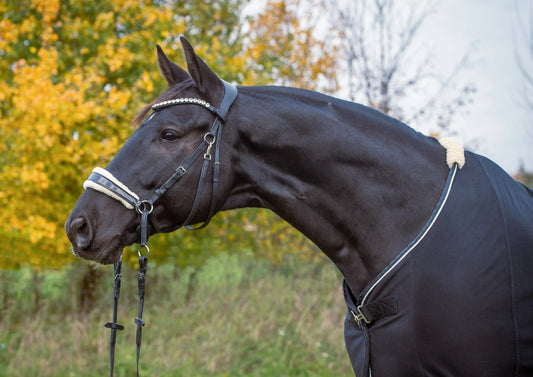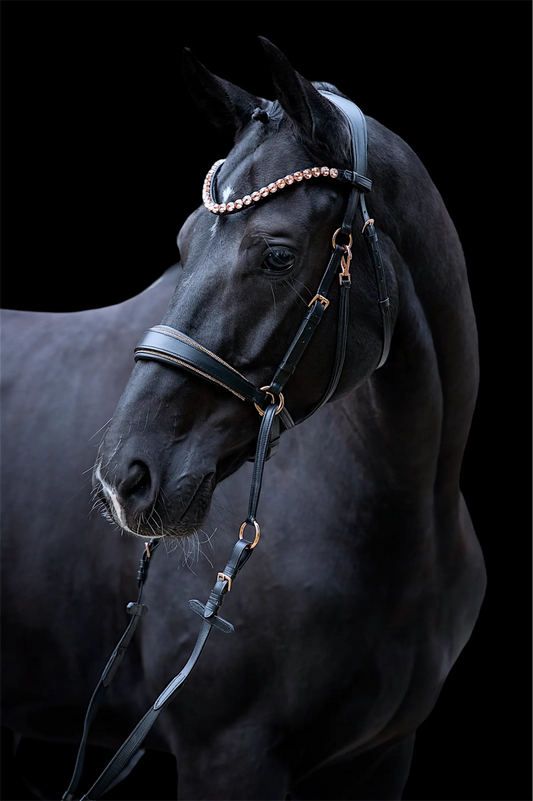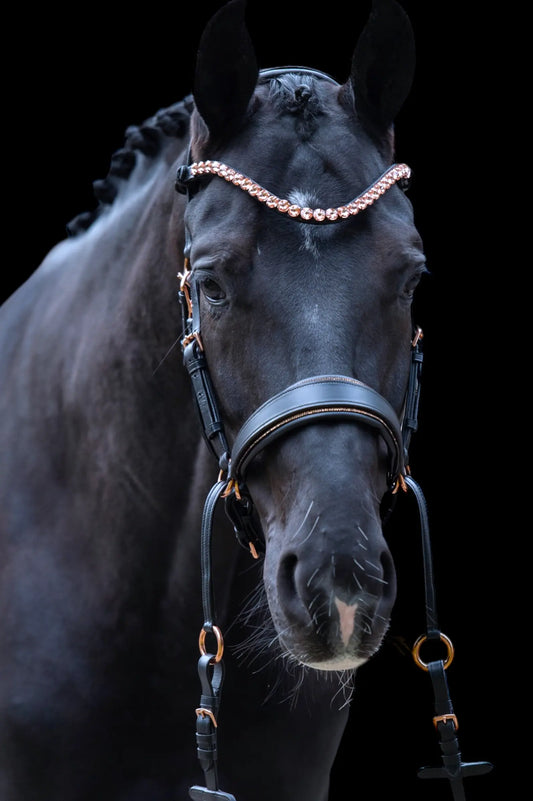Riding challenges without bit
Share
Challenges of bitless riding
1. Adjustment process for horse and rider: The transition from bit to bitless riding requires time and patience. Both horse and rider need to get used to the new way of communicating and giving aids. It's important to approach the adjustment process gradually and carefully to foster trust and acceptance on both sides. An experienced trainer or riding instructor can help ensure a smooth transition.
2. Control concerns: Bitless riding can present control challenges in certain situations, such as cantering or jumping. It is crucial that the rider develops a deep understanding of the horse's body language and learns to respond sensitively to its cues. This way, communication between horse and rider can be effective and ensure an appropriate level of control. Additionally, more advanced training methods, such as lunging or groundwork, can help strengthen communication and trust.
3. Individual needs of horse and rider: Every horse and rider has individual needs and preferences. It's important to consider these and choose a bitless bridle that suits the horse's anatomy and comfort. Different bridles can have different effects, so it's important to find the most suitable bridle for each individual horse. The advice of a professional saddler or equine expert can be invaluable here.
Successfully overcoming these challenges requires time, training, and thorough education for both horse and rider. It is advisable to seek the support of an experienced trainer with extensive knowledge and experience in bitless riding.




